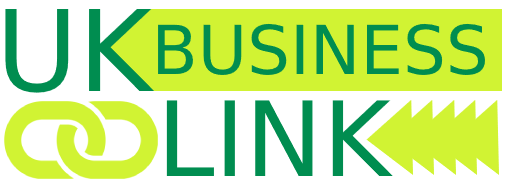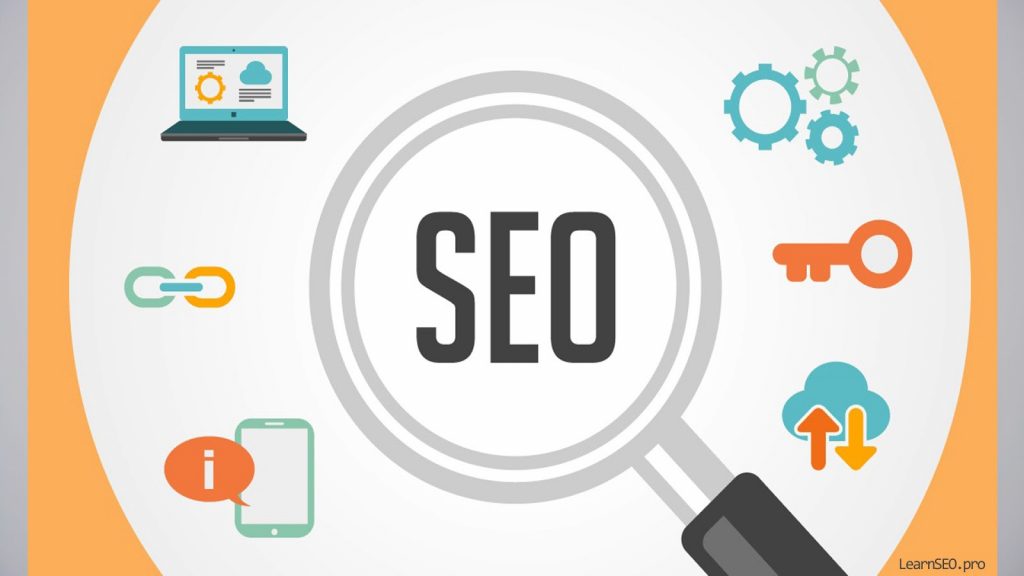Introduction: Several web sites only pay lip service to accessibility, meaning that the matter remains pervasive. Internet site designers need to be reminded of the rudimentary ease of access criteria and exactly how it can have an effect on their design and style for the better.
Accessibility is known as a buzz term in web site design but the actuality is that, more frequently than not, it continues to be only that – a hype expression. True, web developers may possibly say that they want to make their design as being readily available as is feasible, nevertheless if you check out what number of web sites which are in truth available to ALL computer users, then you will certainly fully understand just how much web-site designers in actuality just concentrate on the majority of the current market. As in numerous things, consumers with disabilities get the short end of the stick.
With regards to promoting and advertising, putting a whole lot of time and effort and resources on for much less than 10% to 20% of the market, can appear fair. After all the conversion rates is bound to be even lower than that. The actual simple fact though is that the legislation clearly declares that web sites will need to be readily available to everyone, including customers having disabilities. As outlined by the Disability Discrimination Act (DDA), which has been in existence for more than a ten years, providers need to “take reasonable steps to update a system which renders it unreasonably harder for disabled people to make use of its products. Additionally it declares that to guarantee accessibility an example of good assistance that they should give may consist of “accessible web-sites”. Just by disregarding the law, web site owners aren’t just losing out on an opportunity to make use of an added 10% to 20% of the current market and also taking a chance on being sued.
To make certain that you have an accessible web site, the most beneficial place to commence is without doubt the W3C’s Web Accessibility Initiative (WAI) webpage. Mainly because it discusses the main issue really quite exhaustively, We would recommend that you really begin by going through their top priority checkpoints, to find out if your current web site in any case incorporates to or makes use of most of the regulations.
Step 1. The major priorities with regard to internet site handiness are highlighted below. Giving a text equivalent for non-text features. This would be to guarantee that screen readers can read through those elements and report to visually disabled web users whatever is in that section of the internet site. We will mostly provide you with the text equivalent just simply by employing Alt tags or the “longdesc”.
Step 2. Making sure that coloured information are also offered with out colouring. This is for the colour blind.
Three. Making modifications in the natural language of a document’s text and any text equivalents well specified. For instance, in case you will likely be working with captions it really should be very clear that it’s a caption for an image and not a segment of the paragraph, doing this facts will certainly make good sense when read by means of a screen reader.
Four. Make things style sheet independent. The information needs to be readable even if it’s read with out the style sheet. This can be a typical problem, even when it comes to simple rendering of a site utilizing style sheets.
5. Be sure that there is an equivalent content available for dynamic content. Dynamic content, for example flashing text, is a considerable problem seeing as screen readers can not read movement text. Likewise, people that have flexibility difficulties could certainly find it particularly complicated to follow moving text. And last, but the most risky difficulty, is that specific frequencies could activate fits for people who may have photosensitive epilepsy. To guarantee this doesn’t take place you’ll be able to either give a static equivalent of the dynamic content or enable consumers to control the flickering.
Six. Keep it sweet and simple. Simply being concise and utilizing elementary language can make things easier for All Concerned, such as individuals with reading disabilities and frequent internet users who hate having to go through worthless fluff. The above guidelines are only the typical guidelines presented by the W3C, for anyone who is working with imagery, tables, frames, and such like, you’ll find even additional procedures that you should follow. In the end, as a website designer you’ll certainly see that sticking to these accessibility recommendations will not only influence consumers with disabilities, but perhaps help you to re-think your entire procedure to designing a internet site. Its going to be quite a lot more work nonetheless can lead to a less complicated and in general a lot more user-friendly web site.
Minimalism and White Space. White space is known as a extremely necessary part of website design. It’s often unnoticed by customers however is an upcoming trend web site designers can’t afford to not understand. Should you implement white space properly, your website designs will definitely improve noticeably. Go here for considerably more details www.titmanfirth.com
Minimalism and white space is really a fast becoming a trend in website design. Google is possibly the poster child for minimalism and white space, and judging exclusively from their accomplishment, then we can conclude that it’s the way to go. Before the beneficial uses and effects of white spaces are discussed, let me just explain quickly exactly what minimalism and white space is, and how they correspond with one another. White space is merely the area or region between the elements of a website (i.e. the region between the text, images, footers, etc.).
Minimalism, in web design, is really a concept wherein the type is put into use as the major design element, which would mean that images, texture, and colour takes the back stage. Due to the way type is given focus in a minimalist design, extra white space is generally created.
The key advantage of a minimalist design, whenever implemented appropriately, is that using all the white space ends up in much less visual jumble. This in turn helps the user in terms of being focused on the key areas of the web content since unnecessary parts aren’t there to disturb them. This would mean that there’s an increase in the client’s means to process and retain the info on the page. The reason for this is that given that there’s much less visual stimulating elements, they are able to give full attention to processing the important data instead of subliminally process other extraneous data at the very same time. Additionally, it also clearly indicates to the user what they can get and do on that page. For instance, in Google’s instance, it is very clear that the consumer needs only to type their search string inside the box and then click the button to get their search results. In other websites, it may possibly help in conversions given that the subscribe or buy button is going to be much easier to choose.
As well as its effects on the awareness, a minimalist design likewise usually lead to a much more appealing website page. Though appearances is most certainly extremely highly subjective, generally, making use of more white space conveys ease-of-use and elegance. Note too that aesthetics is very important in web site design given that it profoundly impacts customer satisfaction. The strange thing is that as user satisfaction rises, their understanding of the usability of a web site also grows, whether or not this is a direct result of the minimalist design or just their willingness to find out how to get around the website far more efficiently isn’t always recognized, but what’s important is that it has a beneficial effect.
Even with all of the favourable factors that a minimalist design is able to bring its still essential to remember that it is the correct use of white space that makes things far more effective. Making use of a minimalist design and having a lot of white space isn’t going to routinely imply a very good web design. Like in many things, there’s simply no clear cut remedy. You’ll need to factor in all of the unique text and points that should be on a web page to determine how you’ll be able to utilize white space effectively.
Amongst the major elements to think about whenever selecting to go minimalist or not is definitely the desire feel of the website. As pointed out above, a minimalist design generally creates a much more sophisticated feel. To be sure, elegance is also usually equated with luxury and expensiveness. Consequently, it’s very crystal clear that if your firm is offering low cost household furniture in Peterborough, web site design of each and every page really should have a visual impression that screams reasonably priced and not dear. This usually means making use of a lot of big coloured print styles, sales signs, cut price tags, and considerably less white space. If anybody looking for low-priced furnishings arrives at a page with just a single living room sofa and the name of the store on it, it’s not unlikely that that customer will believe that costs will not be in their range and simply go to yet another web site.
An additional factor to take into account when playing around with white space is the idea of active and passive white space. Passive white space is employed purely to improve readability of text. Having too little white space between characters and lines, it’s just to tough to read. Active white space, on the other hand, takes it one step further by making use of the white space to attract attention to a specific detail on the screen. For instance, with the help of just a bit more white space than normal between a paragraph sandwiched connecting two others and displaying that paragraph, you automatically draw focus to that line so that even when customers might not wind up reading through all of the text, they’d at least look over that essential line first. The very same is true for incorporating white space around logos and clickable elements.
The crucial factor in utilizing white space is that you need to keep on practising so that figuring out whether or not more or less white space is needed for every website. In the end, it will come a good deal easier to you and your web design will get noticed because of that little something customers don’t know they in fact pay attention to – white space.

